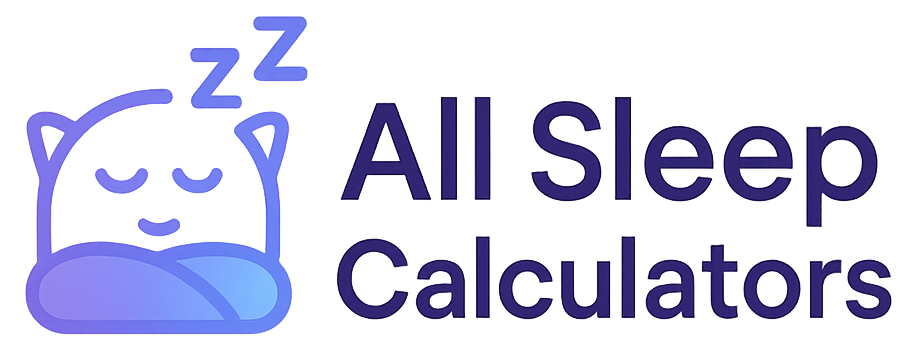What Is Sleep-Wake Homeostasis?
Sleep-wake homeostasis refers to the biological process that regulates the balance between sleep and wakefulness. It's essentially your body's internal sleep accounting system that tracks how long you've been awake and creates a corresponding drive for sleep. The longer you stay awake, the stronger your sleep drive becomes.
Did you know? The word "homeostasis" comes from Greek words meaning "similar" and "standing still," referring to the body's tendency to maintain internal equilibrium despite external changes.
How Sleep-Wake Homeostasis Works
Sleep-wake homeostasis works through a build-up of sleep pressure (or sleep debt) during wakefulness:
- Sleep pressure accumulation: As you remain awake, sleep-promoting substances (like adenosine) accumulate in your brain
- Increasing sleepiness: The longer you're awake, the more these substances build up, creating a stronger urge to sleep
- Sleep recovery: During sleep, these substances are cleared, reducing sleep pressure
- Reset: After sufficient sleep, the cycle begins again
This system helps ensure you get enough sleep to maintain proper cognitive function, physical health, and emotional well-being.
Sleep-Wake Homeostasis vs. Circadian Rhythm
Two main processes regulate sleep:
- Sleep-Wake Homeostasis (Process S): Tracks sleep need based on how long you've been awake
- Circadian Rhythm (Process C): Your body's internal 24-hour clock that regulates periods of sleepiness and alertness throughout the day, largely influenced by light exposure

The two-process model showing how homeostatic sleep drive (Process S) interacts with circadian rhythm (Process C) to regulate sleep timing.
These two processes work together but are independent systems:
- Homeostasis (Process S): Linear increase in sleep pressure during wakefulness
- Circadian (Process C): Cyclical pattern of alertness with predictable peaks and dips
The Role of Adenosine
One of the key biochemical markers of sleep-wake homeostasis is adenosine:
- Adenosine is a byproduct of cellular energy use
- It accumulates in the brain during wakefulness
- Higher adenosine levels promote sleepiness by inhibiting wake-promoting neurons
- During sleep, adenosine levels decrease
- Caffeine works by blocking adenosine receptors, temporarily reducing the perception of sleep pressure
Implications for Sleep Health
Understanding sleep-wake homeostasis has several practical implications:
- Sleep debt is cumulative: Missing sleep for several days creates a larger sleep debt that requires recovery time
- Naps can reduce homeostatic pressure: A short nap can temporarily reduce sleep pressure, but may affect nighttime sleep if taken too late
- Consistent sleep timing matters: Regular sleep-wake schedules help align homeostatic and circadian processes
- Sleep drive is strongest just before usual bedtime: This is when homeostatic pressure peaks and aligns with circadian signals
Optimizing Your Sleep Based on Homeostasis
To work with your body's natural sleep-wake homeostasis:
- Maintain a consistent sleep schedule using our bedtime calculator
- Avoid fighting through sleepiness at your natural bedtime, as this can disrupt the system
- Plan naps strategically in the early afternoon to avoid disrupting nighttime sleep
- Be aware that caffeine masks sleep pressure without actually reducing it
- Allow for catch-up sleep after periods of sleep restriction
- Recognize that sleep needs are individual - some people require more sleep to reset their homeostatic pressure
Want to optimize your sleep timing?
Use our calculators to find the ideal times to sleep and wake based on your body's natural rhythms:
Explore More Sleep Topics
Sleep Paralysis
Learn about the phenomenon of being conscious but unable to move when falling asleep or waking up.
Sleep Hygiene
Discover practices that help you maintain healthy sleep habits.
Sleep Quality
Learn what defines good sleep and how to improve your own sleep quality.
Sleep Efficiency
Learn how to measure and improve the efficiency of your sleep.
